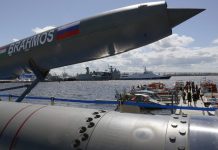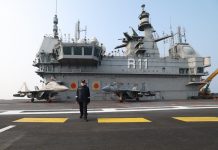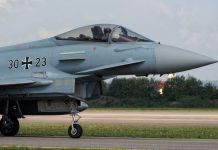While the Russia-Ukraine war is raging, the world’s attention is not diluting from the Indo-Pacific.
China’s aggression has forced the US to blink first as it canceled its war games with Taiwan. Instead, the US Air Force will now simulate US-China rivalry in its air-to-air combat competition at home.
‘All Indian Warships To Be Painted White’! Expert Laments Past Deals, Bats For More Submarines To Project Power, Check China
This could probably be the biggest indication of the rise of China and the dent in the US campaign for Freedom of Navigation in the Indo-Pacific Region.
The US Navy has been going around in the Indo-Pacific and conducting exercises with countries like the Philippines and Japan. It has so far desisted from conducting military drills from Taiwan, one of China’s most “sensitive” issues.
“…Taiwan remains isolated internationally. The ROCN (the Republic of China Navy, colloquially the Taiwan Navy) is not invited to international maritime events like Rim of the Pacific or the meetings such as the Shangri-La Dialogue in Singapore. However, Congress issued legislation requiring the US to invite Taiwan to RIMPAC. US Navy ships neither visit Taiwan nor conduct Passage Exercises with the ROCN in the Taiwan Strait anymore – a significant step back from its level of presence historically,” said an article on the US Naval Institute’s website.
The US government has been pledging its support to the Island Nation as China forces continue to conduct exercises, which are no more veiled threats, and aim at subduing Taiwan. The US has been verbally pledging its support to Taiwan but has yet to recognize it as a nation.
The US is still a signatory to the ‘One China Policy’ that threatens the very existence of Taiwan. Today Taiwan is the 11th largest trading partner of the US and 22nd largest economy in the world; and has a monopoly over semiconductor chip markets of the world, but it doesn’t exist as a country.
The article suggests that without a “large and persistent” US naval presence, Taipei has to choose between “maintaining a traditional naval force that could leave it open to invasion or pursuing an asymmetric one.”
Beijing considers the self-ruled island part of its territory and insists it should be unified with the mainland by force if necessary. Taiwan’s government rejects China’s sovereignty claims and says only the island’s people can decide their future.
US defense secretary Lloyd Austin has asserted that the US was stepping up planning, coordination, and training with “friends from the East China Sea to the South China Sea to the Indian Ocean” with shared goals “to deter aggression and to deepen the rules and norms that promote prosperity and prevent conflict.”
But Taiwan seems to have slipped from this list of countries with whom the US engages militarily.
Dr. Sana Hashmi, an expert on Taiwan and China and a fellow at Taiwan Asia Exchange Foundation, told the EurAsian Times: “Openly engaging ROC Navy doesn’t come under the mandate of the relations (between the US and Taiwan). So open engagements are not there yet. Also, this would be considered an act of war. The idea is to deter China from invading Taiwan, not to create a conflict-like situation.”
Dr. Hashmi also asserted that the Taiwan issue would not soon implode. “China would at least want to see how the elections in Taiwan go. The US is also reaching out to China.” The Taiwanese Presidential elections are due in 2024.
Simulating US-China Rivalry Through Wargames
The US Air Force (USAF) is reviving its Cold War-era prestigious wargame “William Tell” after a hiatus of 19 years. The wargames, the air force says, will focus on military competition in the Indo-Pacific, namely the US-China rivalry through air-to-air combat and air defense artillery.
The aerial wargames are slated for September 11-15 at Savannah Air National Guard Base in Georgia.
After fighting ground battles in Iraq and Afghanistan, the USAF is focusing on working on its aerial combat skills. F-35 Lightning II, F-22 Raptor, and F-15 Eagle units will go head-to-head in a gauntlet of simulated air combat scenarios, weapons loading, maintenance, and weapons director competitions.
Fourth- and fifth-generation aircraft will act as the adversarial “red team.” Planners hope the resurgence of William Tell will help prepare airmen for real-life combat operations in the Indo-Pacific, where they could face off against Chinese jets like the J-16 fighter that buzzed an American RC-135 Rivet Joint reconnaissance plane on May 26.
On March 30, the US Senate Committee on Foreign Relations gave the green light to a bipartisan proposal requiring US government agencies to formulate a strategy to counter a potential Chinese invasion of Taiwan. Called the Taiwan Protection and National Resilience Act of 2023, the bill will now head to a full Senate.
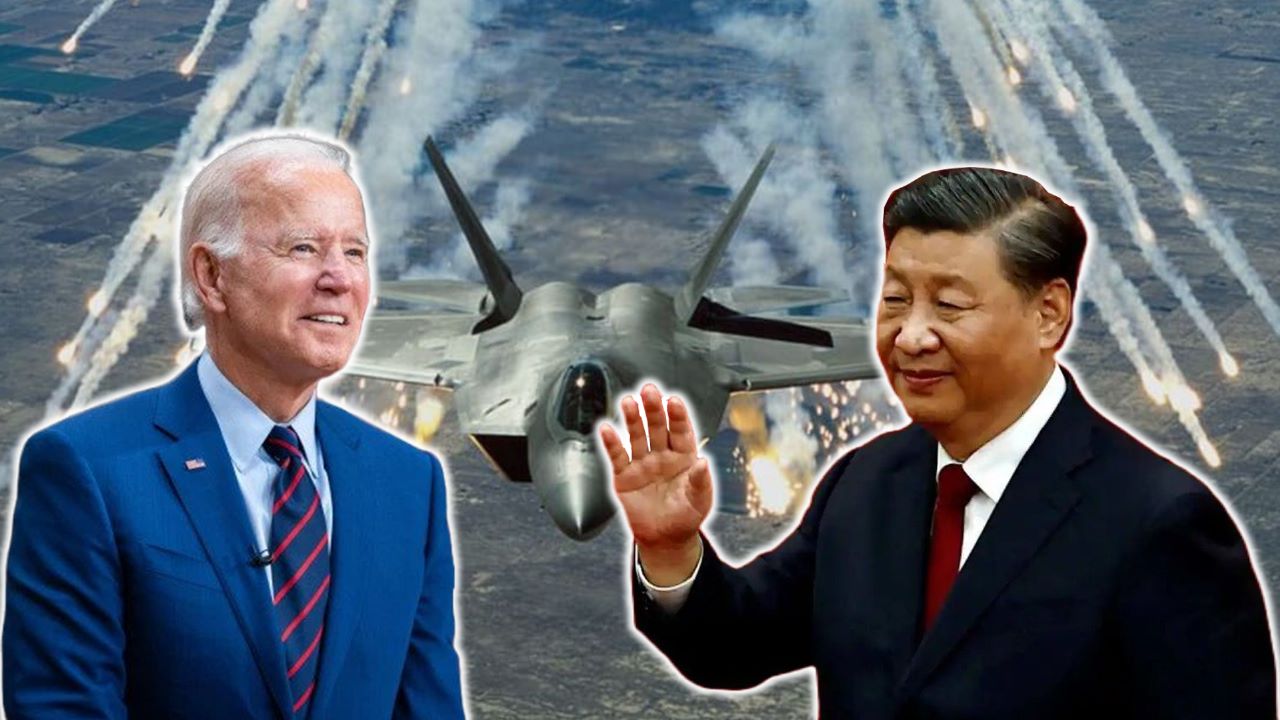
Two provisions were added to the bill, making it as toothless as the US policy on Chinese aggression against Taiwan. The first provision states: “Nothing in this Act may be construed as a change to the one-China policy of the United States, which is guided by the Taiwan Relations Act, the three United States-People’s Republic of China Joint Communiques, and the Six Assurances.” The other provision states, “Nothing in this Act may be construed as authorizing the use of military force.”
The US is ready to go only for “non-kinetic options” like slapping sanctions against Beijing. The Chinese government-owned news outlet Global Times said: “The bill shows that some anti-China hawks in the US are looking to push for a military conflict across the Taiwan Straits and are preparing to push Taiwan people into its chariot, gradually turning their fantasy of a “Taiwan Straits war” into reality, to contain China with the people of Taiwan as victims.
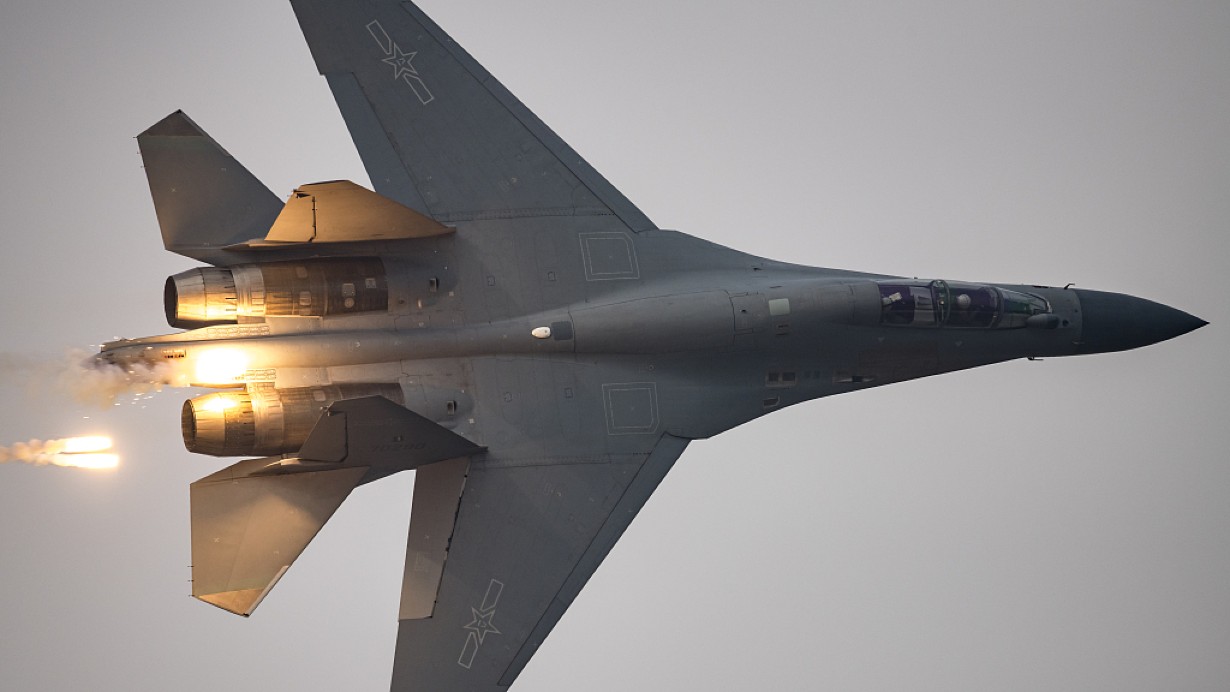
Taiwan Strait A Tinder Box As China Flexes Muscle?
In 2023, the Chinese military drills and efforts to pester Taiwan have grown bolder. On June 8, in Beijing’s latest mass incursion, 37 Chinese aircraft entered the Taiwanese airspace. The breach of Taiwanese air space has been a regular affair for the past three years. In April 2023, China conducted wargames depicting the encirclement of Taiwan.
Amidst deteriorating ties between the US and China, a Chinese warship had a near miss as it crossed in front of a US Navy destroyer USS Chung-Hoon and Canada’s frigate HSMC Montreal as they were on a “routine” transit of Taiwan.
China’s defense minister later defended the Chinese action saying the purported “freedom of navigation” patrols were a provocation to China. A Chinese J-16 fighter jet late last month “performed an unnecessarily aggressive maneuver” while intercepting a US Air Force reconnaissance aircraft over the South China Sea, flying directly in front of the plane’s nose.
The US considers China its top strategic threat and has pledged to protect Taiwan, the autonomous island nation that Beijing claims as its territory, if China were to invade. But the US needs to put its money where its mouth is.
- Ritu Sharma has written on defense and foreign affairs for over a decade. She holds a Master’s Degree in Conflict Studies and Management of Peace from the University of Erfurt, Germany. Her areas of interest include Asia-Pacific, the South China Sea, and Aviation history.
- She can be reached at ritu.sharma (at) mail.com

